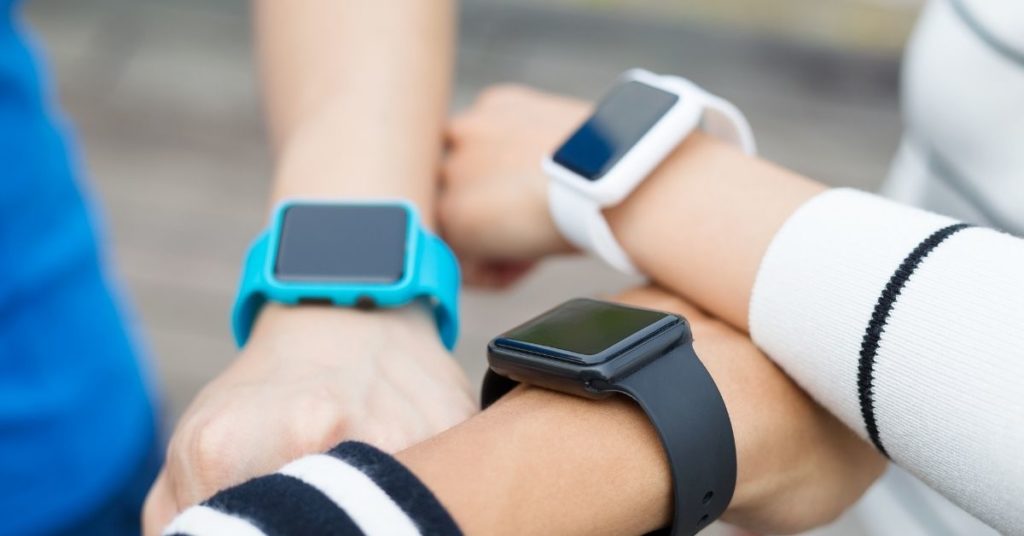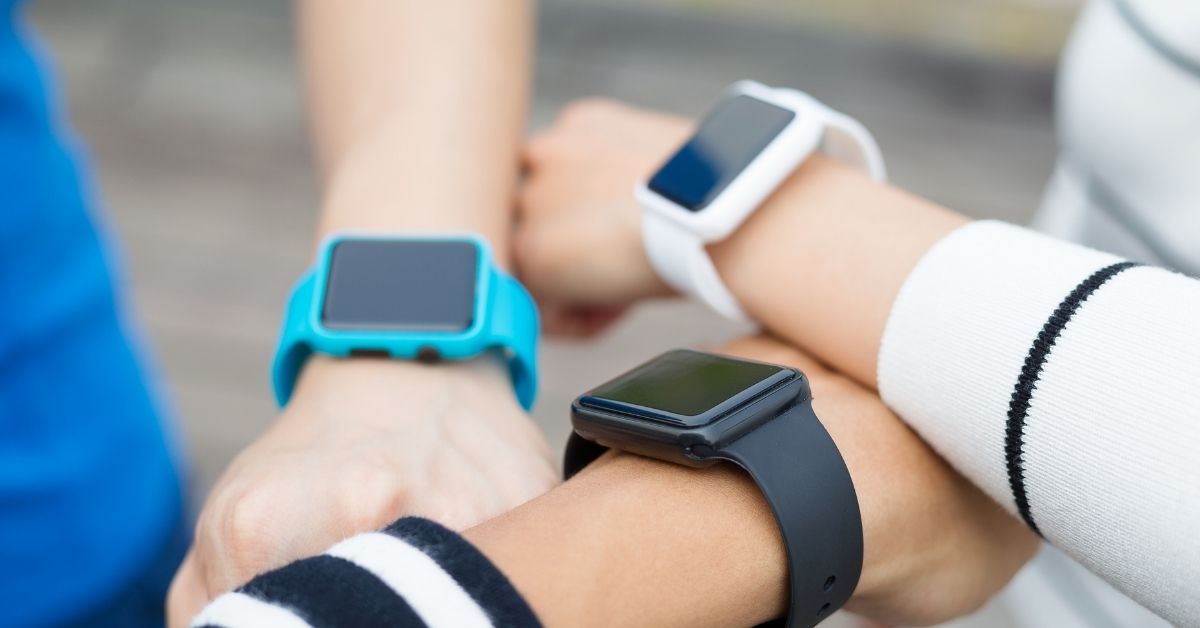Design differences between industrial and consumer electronics are mainly found in power circuitry, signal transmission/processing, and peripherals control. Read on for the details.
Continue readingElectronics Quality Control: Insights and Revelations of an Expert
Learn about quality control from Illia Grebenkov, an Electronics Quality Control Expert, as he shares his experiences in the electronics manufacturing industry.
Continue readingAre Smartwatches Only For Smart People?

This is a smart world. Everything we use has some kind of intelligence. This trend was kick started by the arrival of smartphones in the market, calling an end to both desktop computers and traditional phones.
If you really think about it, Smartwatches are a logical extension of Smartphones. Instead of lugging a big slab of material like a Smartphone around, you now have a sleek device strapped around your wrist smartly doing whatever it is supposed to do.
Frankly, a 5” screen just to view emails is a bit too big for any pocket. It doesn’t fit into the back pocket of my tight jeans nor can I carry it in my hand.
Smartwatch seems to be a valuable addition to my vast collection of devices and abracadabra. What should you then look for while buying a smartwatch?
Look and Feel
Smartwatches come in all shapes and sizes. Some are clunky and fat while others are just too feminine for my taste. I prefer something which is well ……smart looking.
Colors must go with your clothing. If you are the flashy kind, you can choose from a range of bright colors. For the sober kind, metallic grey and darker shades are available.
Overall, smartwatch should fit on your wrist without looking like a piece of rock.
Which Features Should You Look For In A Smartwatch?
The Smartwatch industry is at a stage of infancy. The software and firmware are unreliable and seem to be hurriedly put together. This is true even for big names such as Sony.
First off, your Smartwatch must be able to respond to voice commands. You should be able to activate your emails and notification without touching the watch.
Features from Google Glass would go well with a Smartwatch. Secondly, you should be able to use Android as well as iOS apps in the same device.
Though a standalone Smartwatch should be preferred, you must realize that a small and compact appliance cannot do everything. Presently most Smartwatches are merely an extension of smartphone.
As long as connectivity between a Smartphone and Smartwatch is seamless, you should not worry about this limitation. Bluetooth is the preferred technology for communication between the two.
A decent calendar with notifications, push emails and SMS, weather reports are some features which are bare minimum. Heart beat monitor with GPS and a stop watch would be a plus for sports buffs. For the socially connected, Facebook and Twitter notifications are essential.
The Future Of Smartwatch
Who knows, future Smartwatches may come with rocket thrusters which can place you into geostationary orbit in space. Certainly, days are not far when these devices can perform all that Smartphones do today and much more.
Wearability and ease of use should improve with time. The entry of big players like Google, Sony and Samsung into Smartwatches clearly indicates that the future of this device is bright and you can look forward to many interesting innovations.
From the business point of view, small players with big ideas can develop smarter watches and reap the benefits. You must remember that in this modern world only ideas matter – design, manufacturing and even distribution can be handled with ease.
Are Smartwatches are only for smart people? In fact it’s meant for folks like us – too smart but too lazy to pick up our Smartphones.
Screens: IPS vs Non IPS

Which LCD Panel Should You Choose?
The number of LCD (Liquid Crystal Display) panels available is vast but they can be separated into several different categories, based either on technology, construction method, or even individual brand.
The best way to narrow your search is to consider your application. What is your final product and how do you want it to perform?
Common applications can be for entertainment purposes, like watching videos and playing games, or doing technical creative work like picture editing where color accuracy is paramount.
After determining the application for your display you can start to identify which features need to take priority over others. Then you will be able to narrow your search and select the panel best suited for your use.
IPS vs. TN
The two most commonly used LCD panels today are variations on the TFT (Thin Film Transistor) LCD panel.
These are the IPS LCD (In-Plane Switching) and Non IPS LCD panel or TN (Twisted Nematic) LCD.
TN is the most common type of LCD display at the moment as it offers the best value for money.
You get the highest performance at the lost cost. TN displays have evolved to the point where they have an incredibly fast response time, meaning they are great for entertainment purposes.
Regarding viewing angle, the TN display suffers particularly in the vertical direction; when watching a movie you must be sitting directly in front of the display to get the best picture.
Most TN displays can represent only 70% of NTSC, Adobe RGB and sRGB color gamuts, in some cases as little as 10 to 30% with the poorest quality displays.
When it comes to choosing a display for a creative application it is important to consider only a high-quality TN display as the color gamut will be higher.
IPS (In-Plane Switching) panels are actually broken down into a variety of different types: IPS, S-IPS, AS-IPS, IPS-Pro, and H-IPS.
All of these use different variants of technology that manufacturers have developed and use within their own products.
As a whole, IPS panels are designed to improve upon the flaws of the TN technology, specifically focusing on viewing angle, contrast, and blacks.
The viewing angle in specific IPS screens has improved to the point where crystal-clear viewing is possible at 178 of the 180 degrees available to a user.
Contrast and blacks have also considerably improved. IPS panels do not lighten or show tailing light when touched, which can happen on TN panels; this is important for touch-screen devices such as smartphones and tablets.
However, as with all new technology, it is not perfect. The response times of IPS panels still falls behind those of TN technology. The cost of an IPS panel is also higher than that of a TN panel.
Bottom-line recommendation:
TN displays are more suited to consumer entertainment applications because of their high response time and lower cost.
IPS displays are generally far better for professional creative applications where color accuracy is important and the higher cost can be justified.


